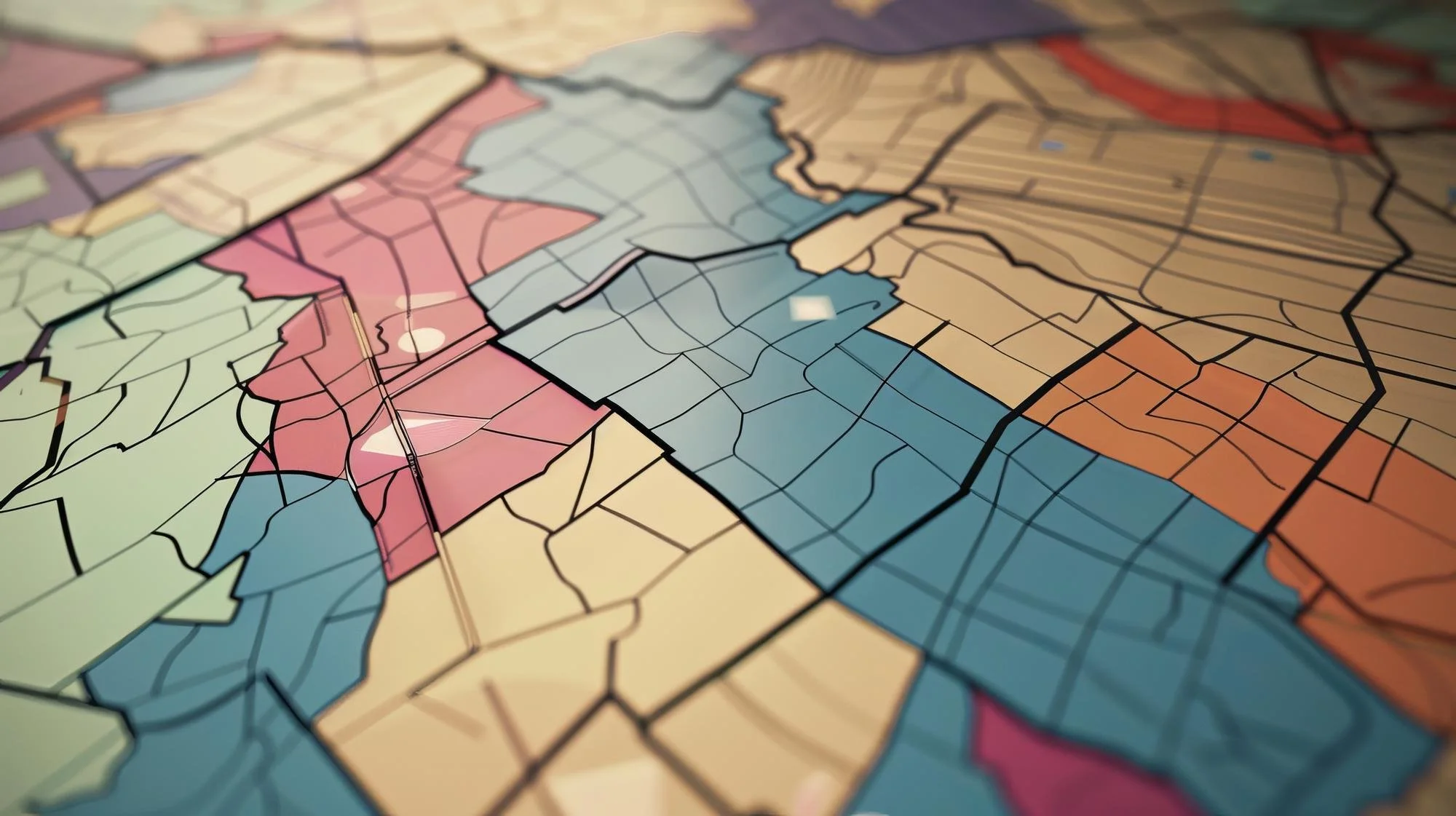Understanding California's Political Redistricting
A few weeks back, we posted that in 2021 San Bernardino County Supervisors will be redistricting the county. This article does not focus on San Bernardino County specifically but on the redistricting process as a whole.
What is redistricting?
Redistricting happens every 10 years after the federal government publishes updated census information. However, most people don't even know about this process because it has been shrouded in secrecy for many years. Ballotpedia defines it as follows:
"Redistricting is the process by which new congressional and state legislative district boundaries are drawn. All United States Representatives and state legislators are elected from political divisions called districts. District lines are redrawn every 10 years following completion of the United States census. The federal government stipulates that districts must have nearly equal populations and must not discriminate based on race or ethnicity." (Source: Ballotpedia).
Why it matters.
Evenly spreading out a state's population is the main purpose of a district. It's important to note that, including or not including certain groups can drastically change a district's voice. Which is why section 2 of the Voting Rights Act of 1965 mandates that electoral district lines cannot be drawn in such a manner as to "improperly dilute minorities' voting power."In addition to oppressing minority votes, redistricting can be used for Gerrymandering. This is the process of dividing up and redrawing districts to give your political party an advantage. For instance, previous redistricting in California had the state’s politicians drawing lines to protect their jobs and maximize their party’s seats. When politicians use redistricting for personal gain, we the citizens lose.
How does redistricting work in California?
As result, California has changed the way the way they redistrict. Let citizens, not politicians, draw district maps.
"For decades in California — and in a majority of U.S. states to this day — federal and state districts have been drawn by legislators behind closed doors. Along with a lack of transparency, the practice historically led to gerrymandering, meaning districts were drawn to favor incumbents and political parties already in power. To stop that practice, California voters in 2008 passed the Voters FIRST Act, which created an Independent Citizens Redistricting Commission.
The commission is made up of “every day” voters who have the final say in how districts are drawn.The commission must take public input and hold open meetings as they draw new district lines. They also have to take into account population counts from the census, federal law, and state guidelines.
The commission cannot use partisan data, such as voter registration, to draw lines that might favor or hurt particular candidates or political parties. And legislators can’t communicate directly with commissioners about redistricting; contact from politicians and lobbyists is allowed only during public meetings." (Source: The Sun)
In Conclusion.
"California uses an independent commission to draw congressional and state legislative districts; the first 8 commissioners for the 2020 cycle were chosen on July 2, 2020, and the remaining 6 commissioners were chosen on Aug. 7, 2020." (Source: All About Redistricting: California)
As a result of using an independent commission to draw up districts, citizens are regaining some of their voice. DrawMyCACommunity.org is a new service for this year's redistricting. This lets California residents sketch their ideal political districts and make a case for why the state's citizen redistricting commission should listen.
This online tool for discussing communities of interest didn’t exist the last time California adjusted district lines. After the 2010 census, residents had to write letters or emails, or offer comments during public meetings, to voice their opinions on the makeup of each political district. Now they can simply go to DrawMyCACommunity.org and submit their suggestions.
To learn more about the California Citizens Redistricting Commission (CRC) or to get involved visit wedrawthelinesca.org.
So, California has made the transition and it seems that more and more states are moving to citizen redistricting commissions. In other words, if the states are moving towards a more transparent process shouldn't San Bernardino County follow suit?
Sources:
FAQ: What is political redistricting, how does it work, and why should you care?
Redistricting? Voters can go online to shape their political future
All About Redistricting: California
California models how to banish gerrymandering — and why that’s so hard

